Winter Sports and Your Skin: How to Maintain a Healthy-Looking Complexion
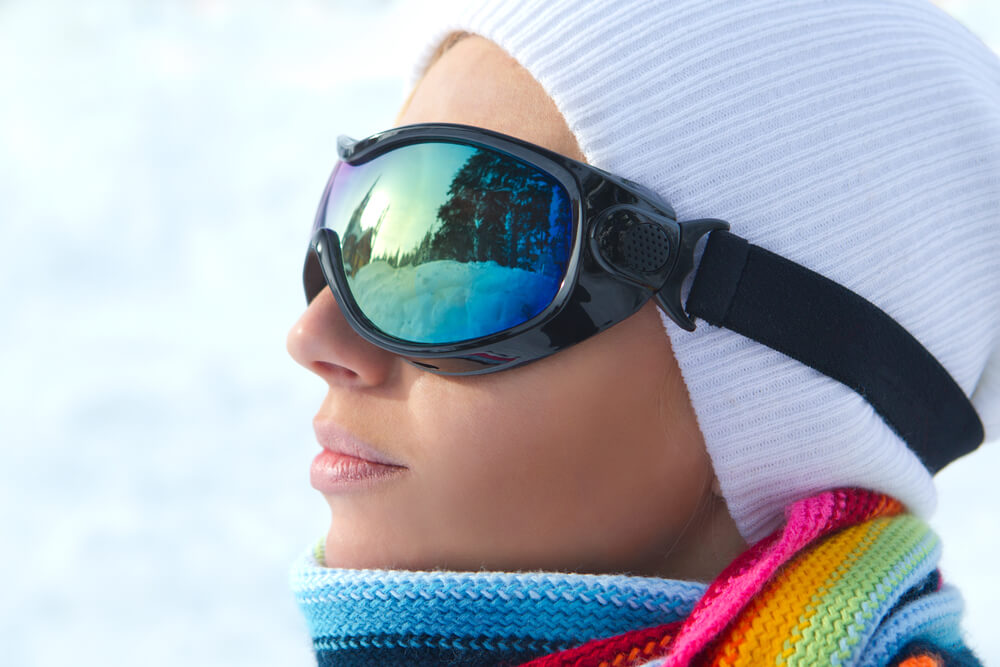
You’re probably looking forward to all of those winter sporting activities you have planned over the next few months. Unfortunately, this is something that your skin will be dreading.
Why?
Because the cold weather, combined with UV rays that are more intense at higher altitudes, can really cause havoc to your complexion. Here’s how to keep your skin looking its best and maintain that beautiful glow, no matter how long you may spend out in the snow.
Cover All Exposed Areas of Skin with Sunscreen
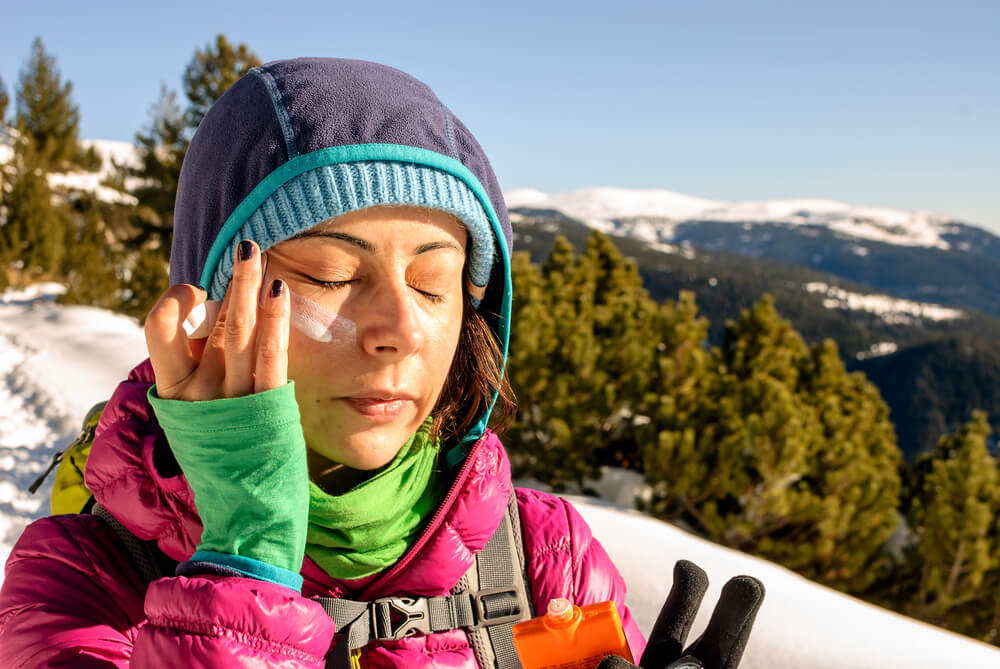
Exposing your skin to the sun’s UV rays at a lower altitude is a big no-no, so this becomes even more so if you happen to be skiing or snowboarding up in the mountains. The higher you are, the stronger the sun’s UV rays will be.
Snow and ice also increase UV exposure due to the way in which they reflect UV rays around the environment.
Why does this matter?
Because the sun’s UV rays have a number of damaging effects on the skin, such as:
- Triggering inflammation, which exacerbates inflammatory skin conditions, including acne, psoriasis, and rosacea
- Increasing premature aging by destroying the protein fibers in the skin, which would have otherwise kept the skin smooth and firm
- Stimulating the skin into over-producing melanin, which leads to dark spots and discoloration
- Causing a rough and leathery skin texture
- Damaging the DNA within skin cells and causing skin cancers to develop
The only way to really protect your skin from all of that is by making sure that you always keep any exposed parts of your skin covered with a sunscreen.
Don’t just roughly slather it on either – pay special attention to make sure that your skin is truly covered. Studies have found that skiers often miss out on 10% of their face when applying sunscreen, leaving them with sunburns and other forms of damage to deal with afterwards.
Some of the often-missed areas that can end up damaged include:
- The eyelids and around the eyes
- The nose, especially the bridge and the underside of the nose
- The neck, especially around the back
- The underside of the chin
- The scalp
- The lips
If you plan on taking breaks in between and exposing your arms or legs to the sun, then make sure to keep these covered in SPF too.
How Often Should You Reapply Sunscreen in the Winter?
Ideally, you should be reapplying your sunscreen every two hours. This may seem like a lot, but when you’re active, you sweat more. The sweat will soon render your sunscreen completely ineffective, making regular applications a must.
What’s the Best SPF for Winter Sports?
SPF 30 is usually recommended, because sunscreen efficacy doesn’t really noticeably increase when you go for a higher SPF.
However, although the differences may be tiny, it would be worth going for an SPF 50 if your skin is particularly dry or sensitive.
Make sure that you go for a broad-spectrum formula. This means that your sunscreen will protect you from both UVA and UVB rays.
Look After Your Eyes
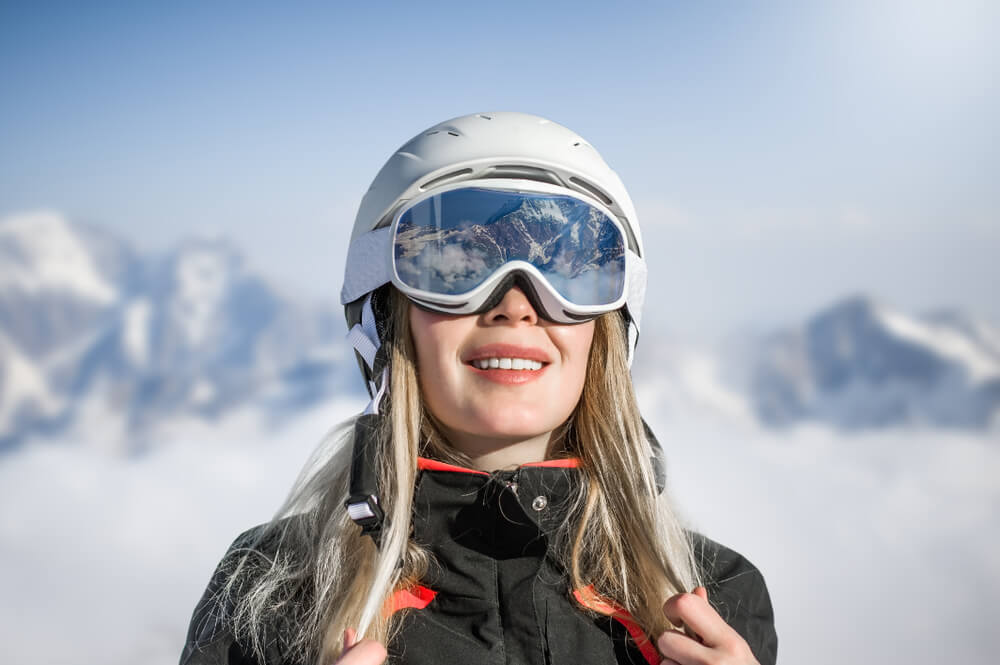
The skin around your eyes is extremely delicate. In some areas, it can be up to ten times thinner than the skin on the rest of your face, leaving it easily vulnerable to damage.
While applying a sunscreen around your eyes is important, this isn’t usually enough to keep the skin looking its best. Plus, it isn’t just your skin that you need to watch out for here – your eyes themselves can end up damaged. Snow blindness, officially known as photokeratitis, is a common problem that many have when spending time outdoors in the winter.
So, what can you do about this?
Invest in a quality pair of winter goggles. They need to offer 100% UV protection, as well as polarized lenses to absorb the glare from the sun. This will save you from needing to squint, which then helps to prevent crow’s feet from forming around your eyes.
The color of lenses you choose should depend on the sport you’re doing and where about in the world you are:
- Clear lenses are all you need if you plan on skiing or snowboarding at night
- Rose-colored lenses are great for cloudy or overcast days
- Yellow lenses help to improve contrast in low-light situations
- Photochromatic lenses will change color based on external light levels
Sunglasses are a must too, since you won’t want to wear your goggles when you aren’t skiing. Look for a hardy pair that guarantee protection against both UVA and UVB rays. However, while your sunglasses may look more stylish, try to opt for your goggles instead as much as possible. Due to the way in which these wrap around the head, they offer more UV protection.
Even if you wear contact lenses that already offer UV protection, it would still be a good idea to invest in both UV-protecting goggles and sunglasses.
Protect Your Pout
As mentioned, the lips are often an area that many forget about. This leaves them dry, chapped, and uncomfortable after a day out in the snow.
Not only does the cold air outside dry out your lips, but so does breathing through them, which commonly happens when participating in winter sports. If you tend to lick your lips throughout the day, then this isn’t helping either – your saliva contains acids that not only irritate the lips, but remove the natural oils that would have otherwise been protecting the skin here, leaving them even drier.
In order to combat this, you need to be using a lip product that prevents your lips from feeling parched.
The 24K Renewal Lip Balm is a great formula to go for. It contains a number of different plant waxes and oils that leave the skin feeling soft and hydrated. Some of the key ingredients in this lip balm are:
- Shea butter
- Beeswax
- Mimosa flower wax
- Avocado oil
- Sunflower oil
- Castor seed oil
- Baobab seed oil
- Mango butter
You will also need to top your lip balm with a layer of sunscreen, and reapply both your lip balm and your sunscreen every couple of hours.
Once you’re done for the day, reapply your lip balm once more. If you’re planning on adding some color to your lips for the evening, make sure that you pick a moisturizing lipstick formula.
Don’t Forget About Your Hands!
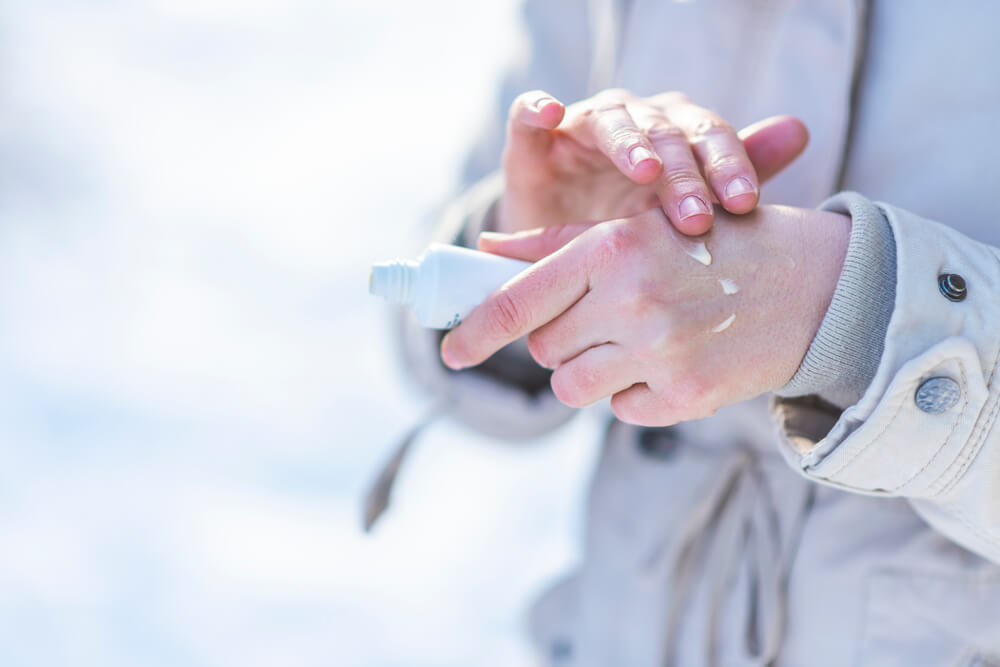
While you will probably be wearing gloves for the majority of each day, your hands will still be exposed to the elements whenever you take your gloves off.
In addition to keeping them protected with sunscreen, you should also be giving your hands a little extra TLC in the evenings.
How?
Try the 24K Multi-Vitamin Hand Mask for starters. The plant oils and extracts in this beautifying blend will leave your hands feeling soft and nourished, ready to face the winter weather the next day!
Wear UV-Protective Clothing
Most of the UV-protective clothing options out there are designed for the summer, but there are more and more garments now being created for winter sports, with companies realizing the importance of UV protection in the winter too.
How does UV-protective clothing work?
They’re made with certain techniques and fibers that not only limit the amount of UV rays able to enter into your clothes, and therefore your skin, but they can also block and reflect UV rays, preventing them from coming into contact with you at all.
UV clothing comes with a UPF rating, which stands for Ultraviolet Protection Factor. This basically tells you how much of the sun’s UV rays a certain fabric blocks. For example, a garment with a UPF of 60 allow just 1/60th of UV rays to enter through its fabric.
The higher the UPF rating, the more protection the clothing will give you.
If you don’t want to invest in a whole new wardrobe for your winter sports trip, that’s understandable. Instead, there are certain clothes that you can pack to give yourself some extra UV protection:
- Choose clothes made from densely woven fibers, rather than a looser weave, as this physically blocks UV rays from penetrating through. Some of the best fabrics are nylon, merino wool, and polyester, while cotton, silk, and acrylic are among the worst.
- Go for garments that don’t have much of a stretch to them. When fabrics stretch, UV rays pass through the gaps in the fibers.
- Make sure that your clothes aren’t too worn or faded. This weakens the textiles, making them more susceptible to UV rays.
Stay Hydrated
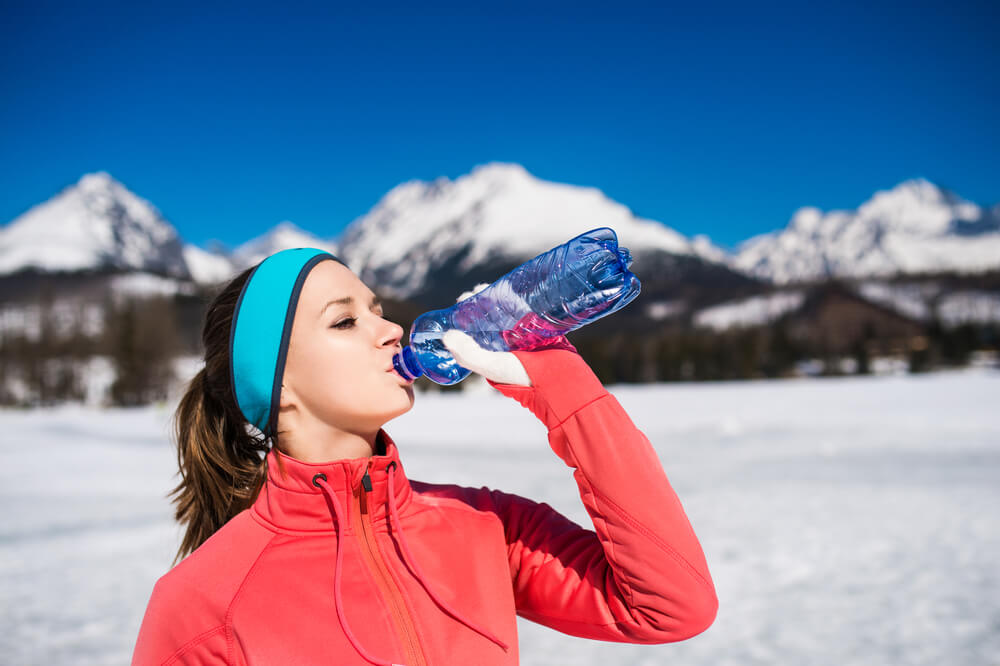
The winter months can be so drying on your skin, especially if you’re spending lots of time outdoors and in the snow.
While protecting your skin from the outside is important, you also need to turn your attention to staying hydrated from within. A lack of hydration will exacerbate that winter dryness and flakiness, leaving your skin feeling sore and sensitive.
It goes without saying that the best way to keep your body hydrated is to make sure that you’re drinking plenty of fluids. Water is the best, but this doesn’t need to only be plain water. Teas, especially herbal tea, and fruit juices are great for hydration too, while infusing your water with fruit will add some extra flavor, as well as a dose of vitamins and antioxidants.
The food that you eat also helps to keep your body hydrated. Certain foods have a surprisingly high water content, so try to add more of the following into your diet:
- Cucumbers
- Tomatoes
- Spinach
- Broccoli
- Oranges
- Apples
Don’t forget that alcohol and caffeine both have dehydrating effects on the body. If possible, stay away from those coffee breaks in between ski runs, and try to cut back on the amount of alcohol you consume in the evenings.
Be Consistent with Your Skin Care Routine
You probably won’t want to pack all of your skin care products to take with you on your winter trip, but there are some that are essentials.
Your skin needs proper care now more than ever, so make sure that you’ve got everything that you need to give it this.
Wondering what you’ll need?
Some of the must-have’s include:
- A soothing cleanser
- A hydrating toner
- A serum
- A moisturizing day cream
- A thick night cream
- A facial oil (if your skin is already on the dry side)
- A sunscreen
Wondering if you can use a moisturizer that contains SPF, instead of using two separate products?
Yes, but only if you apply enough of it. People tend to skimp out when it comes to using an SPF moisturizer, applying such a light layer that the product doesn’t end up providing the SPF rating printed on the label.
As mentioned, you’ll also need to keep reapplying your sunscreen every couple of hours, which may be more often than you need to reapply your moisturizer. This can sometimes make it more cost-effective to use two separate products, although a moisturizer with SPF is the perfect way to start your day each morning.
Make sure that you stay consistent with your skin care routine. Your skin will need proper attention both mornings and evenings if you want to really protect it from winter damage.
Winter sports are a great way to stay fit and healthy over the colder season, but all of that sun, snow, and wind can really mess with your skin. It’s important to understand the various problems that can be caused, so that you can then equip yourself with all you need to deal with these potential issues in the best way possible. From keeping exposed skin covered with sunscreen to ensuring that your clothes also offer UV protection, following the steps above will ensure that your skin looks and feels its best, no matter what you may be doing this winter.




 A.U.
A.U. B.R.
B.R. C.A.
C.A. E.S.
E.S. H.K.
H.K. M.X.
M.X. N.L.
N.L. P.R.
P.R. S.G.
S.G. T.W.
T.W. U.K.
U.K. S.A.
S.A.

